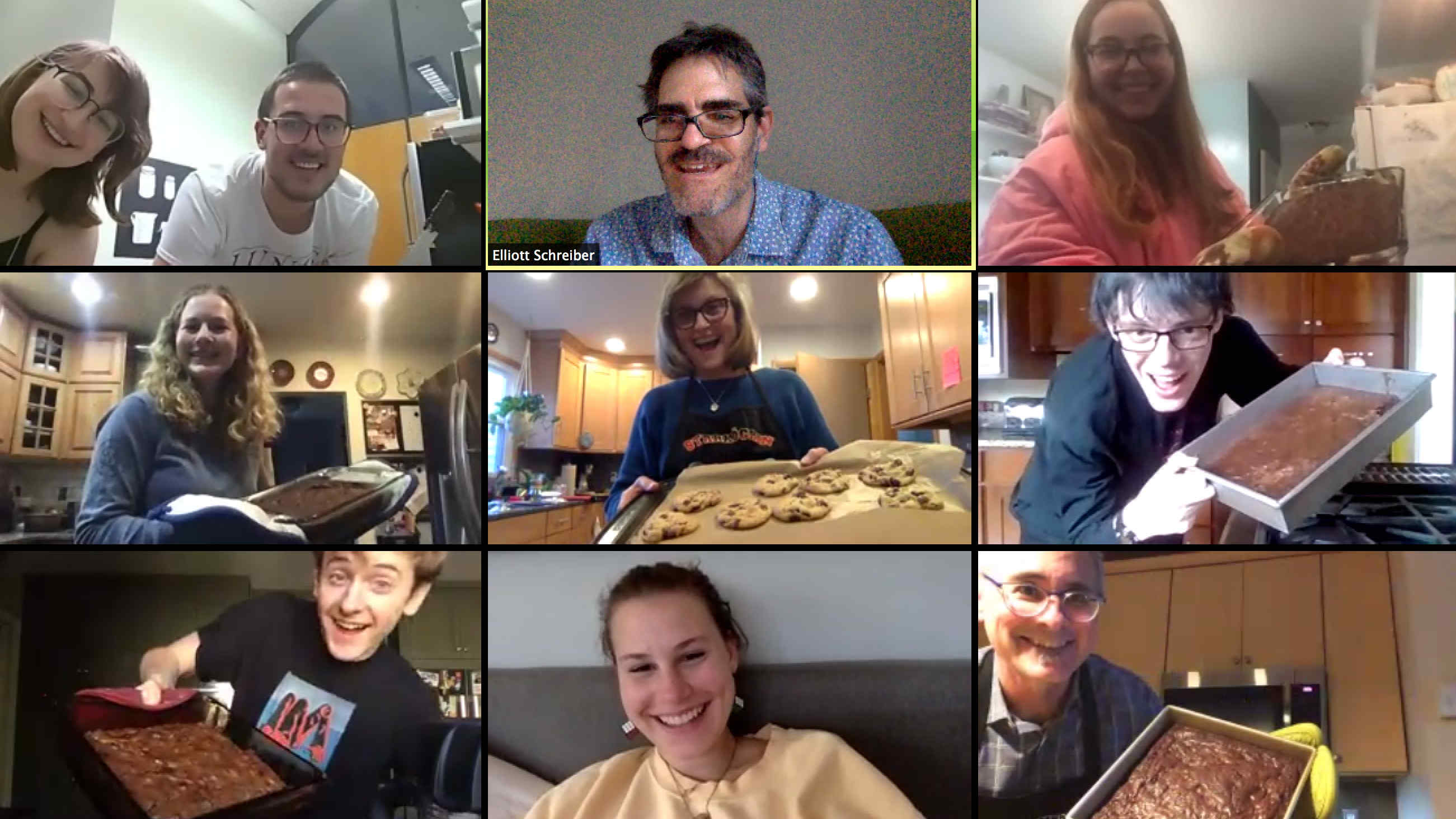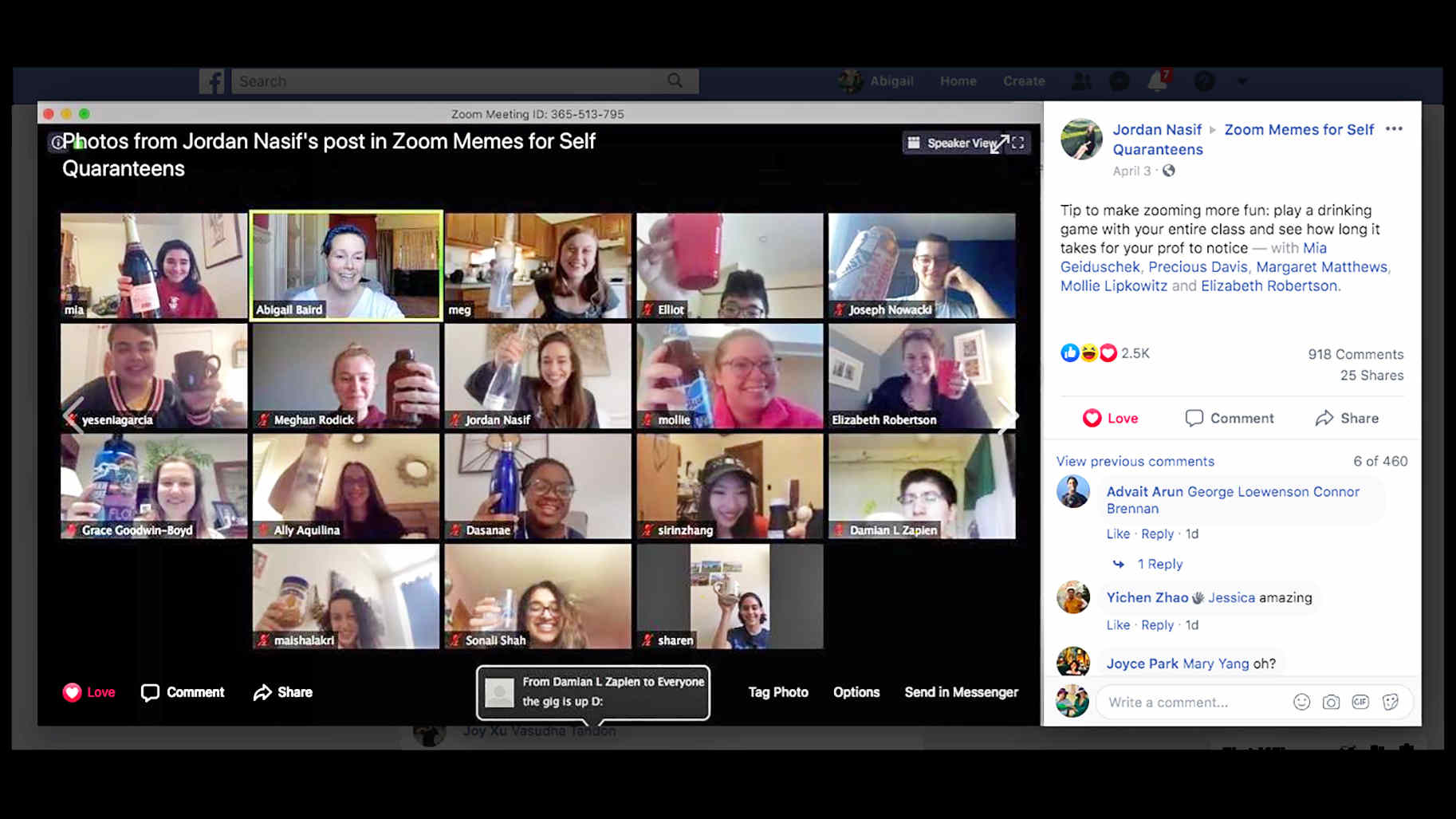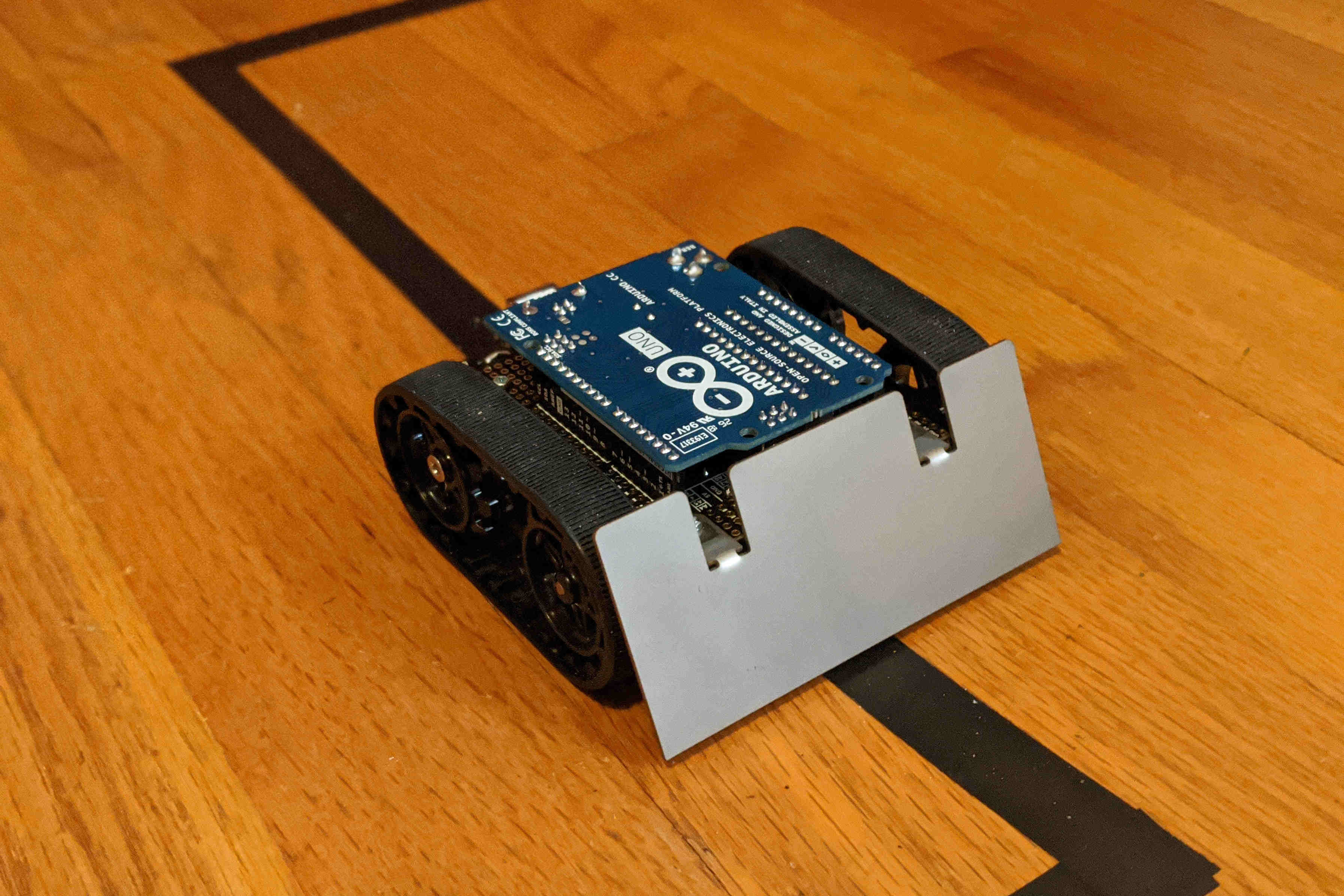Vassar Reflects on Two Months of Distance Learning
Vassar Reflects on Two Months of Distance Learning
When they left the Vassar campus for Spring Break, most students had never heard of the teleconferencing platform Zoom. A few, perhaps, had taken an online course or two, but most had never had an academic experience that didn’t involve a teacher in a classroom.
Then suddenly, with the outbreak of COVID-19, teaching and learning changed radically at Vassar and virtually all other colleges across the country. Students were advised not to return to campus after Spring Break unless the outbreak had prevented them from getting home. “Distance learning” became their new academic reality.

As Vassar’s 2019-20 academic year came to a close, students, faculty, and administrators reflected on how this new reality had affected them. Emma Tanner ’22, an economics major from Florence, MA, summed up her experience this way: “It’s just not the same as being in a classroom,” Tanner said. “It’s harder to engage in discussions with your classmates and professors, and it’s easy to zone out watching a lecture online. But all my professors have really tried to keep us engaged. And since I’m still working toward the same degree as I was before this happened, it’s up to me to get as much out of each class as I can.”
While all students were affected profoundly by the radical changes in teaching and learning necessitated by the pandemic, some faced especially difficult challenges. “My thesis required 10 to 20 hours of lab time a week,” said Will Dwyer ’20, a biochemistry major from Irvington, NY. “I was completely blindsided by the abrupt loss of access to all of my experimental resources.”
Dwyer had been looking forward to presenting his research at a conference in San Diego and in person on the Vassar campus. “Both were cancelled for obvious reasons,” he said. “But my advisor and other faculty involved have been really supportive. In short, distance learning has been a positive experience.”
Faculty members say they were impressed with their students’ resilience in the face of such disruptions. “Students in both of my classes have been truly amazing,” said Associate Professor of German Studies Silke von der Emde. “Everyone has been super-patient as we all found our way through Zoom.”
Von der Emde said she anticipated one of her major challenges would be scheduling classes for students who are scattered across several time zones. But she said she had 100-percent attendance for her first class in Beginning German, which started at 9:00am Vassar time. “Two students on the West Coast had to get up at 6:00am, and one in Hawaii was up at 3:00am,” she said.
Von der Emde said interacting with her students during the deadly health crisis had brought them closer together. “In some ways, it’s almost more intimate at this time when everyone is making an extra effort to reach out and support one another,” she said. When she suggested that the class schedule should be staggered so those in other time zones didn’t have to get up so early, everyone in the class asked that they all convene together at least once a week.
Professor of Psychological Science Abigail Baird ’91 said she missed the classroom experience as much as her students. “One of the hardest things about distance learning is not being able to ‘read’ the room,” Baird said. “Technology is OK for transmitting information, but it’s not so wonderful at transmitting nonverbal cues and glances between students that tell you a lot.”
On April 1, students in Baird’s senior seminar demonstrated in a particularly creative way just how comfortable they were with this new method of learning. As she delivered her lecture, Baird noticed one student was drinking out of what appeared to be a vodka bottle. As she continued speaking, it dawned on her that her students had planned a humorous, April Fool’s Day prank, turning her lecture into a drinking game—albeit with water they had placed in liquor bottles. “They had made a list of things I said all the time in class, and when I said them, they all took a drink,” she said. “They’re great kids who were making a bad situation work.”

Like many of her colleagues, Baird decided to make modifications in the material she taught when she and her students were forced to switch to distance learning. In one class, where she had planned to assign clinical case studies, Baird had her students analyze some television shows instead. “Often in this kind of situation, less is more,” she said. “The goal is to keep them engaged in learning.”
Professor of Biology Jodi Schwarz and Associate Professor of Computer Science Marc Smith, who were co-teaching a course on bioinformatics that explored computer analysis of evolutionary biology, decided the best way to keep their students engaged was to shift the focus of the course to a study of the coronavirus.
“Marc and I decided this was a way to examine this unfolding situation and help students understand how bioinformatics were being used to study the virus,” Schwarz said. One project involved the use of DNA sequencing to track how the virus mutates through natural selection.
The students in the class embraced the decision Schwarz and Smith had made. “I feel like I’ve learned a ton about the virus since we started our projects, and understanding the epidemic really helps me demystify it,” said Will Dwyer ’20.
Lindsey Sample ’20, a computer science major from Atlanta, agreed. “Before Spring Break, we were working on a project on the genomes in coral, and I remember thinking ‘I wish we were studying the coronavirus,’” Sample said. “Then, when we came back to class, that’s exactly what happened.”
Many other faculty members spent extra hours preparing for this new way of teaching.
Senior Lecturer in Chemistry David Nellis spent part of his Spring Break recording short video clips of himself performing lab experiments. Assistant Professor of Biology Justin Touchon made videos of himself conducting dissections. Assistant Professor of Cognitive Science Josh de Leeuw assembled programmable robots and mailed them to every member of his robotics class so they could perform experiments together later in the semester. And Assistant Professor of Film Denise Iris helped students in her documentary film class produce short films with their cell phones.

Figuring out how best to teach their classes was just one of the challenges facing many members of the faculty. “All my colleagues who are home with children under 10 and have no child care are doing multiple jobs,” said Professor of Film Mia Mask. “They’re home-schooling their own kids with very little time to carve out to prepare for their classes. Every task takes longer to complete.”
Mask lauded the Film Department’s technical staff for helping her and her colleagues master the basics of Zoom and other distance learning tools. “They were wizards,” she said. “I couldn’t have taught my classes without them.”
It was this spirit of collaboration that impressed Dean of Studies Debra Zeifman as she looked back on the challenges everyone faced when the pandemic disrupted the campus. “As the Dean of Studies, I certainly got complaints,” Zeifman said, “but I also heard a lot of stories of appreciation. Everyone has been helpful and accommodating in addressing issues as they come along.”
When several international students were called home on short notice, she said, their professors worked together to help them find ways to complete their studies.
“Our job in this office is to help students when they hit a bump,” Zeifman noted, “and this spring, every one of us hit a bump, a big bump, and it’s been gratifying to see how everyone has pulled together to get us back on our feet.”
Dean of the Faculty William Hoynes said he too was encouraged by the resourcefulness and resilience he observed in students, faculty, administrators, and staff. “The honest truth: Online education is not the same as the kind of education Vassar typically provides,” Hoynes said. “With very little notice, our students and faculty were required, for public health reasons, to make a big transition.”
While no one knows what teaching and learning will be like when Vassar reopens in the fall, Hoynes said many useful lessons had been learned since distance learning first began. “Our faculty learned a great deal this semester, reflecting together and with students about the limits and possibilities of distance teaching and learning as well as what’s central to a Vassar education,” he said. “If we are called to teach online again at some point in the future, we will draw on the experience from this semester to offer students the kind of innovative and engaging education that is the hallmark of the Vassar experience.”